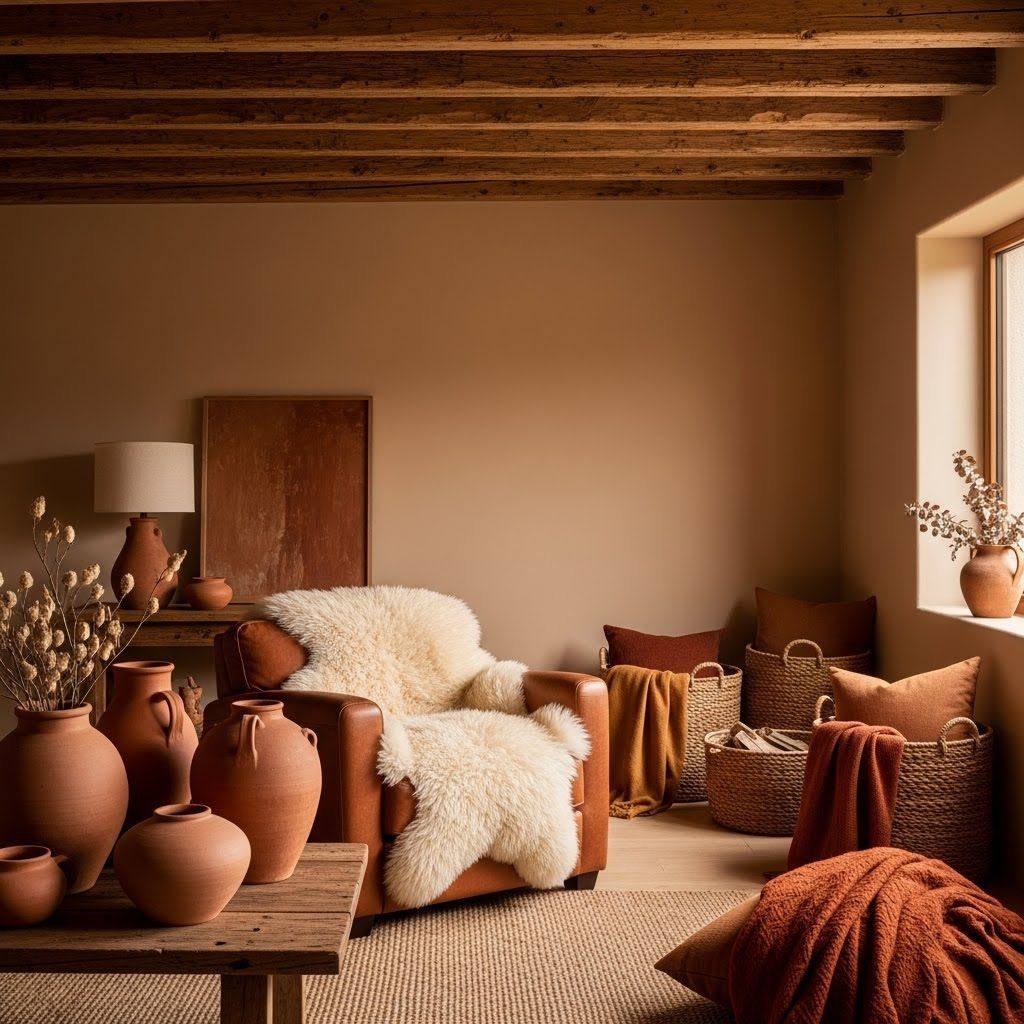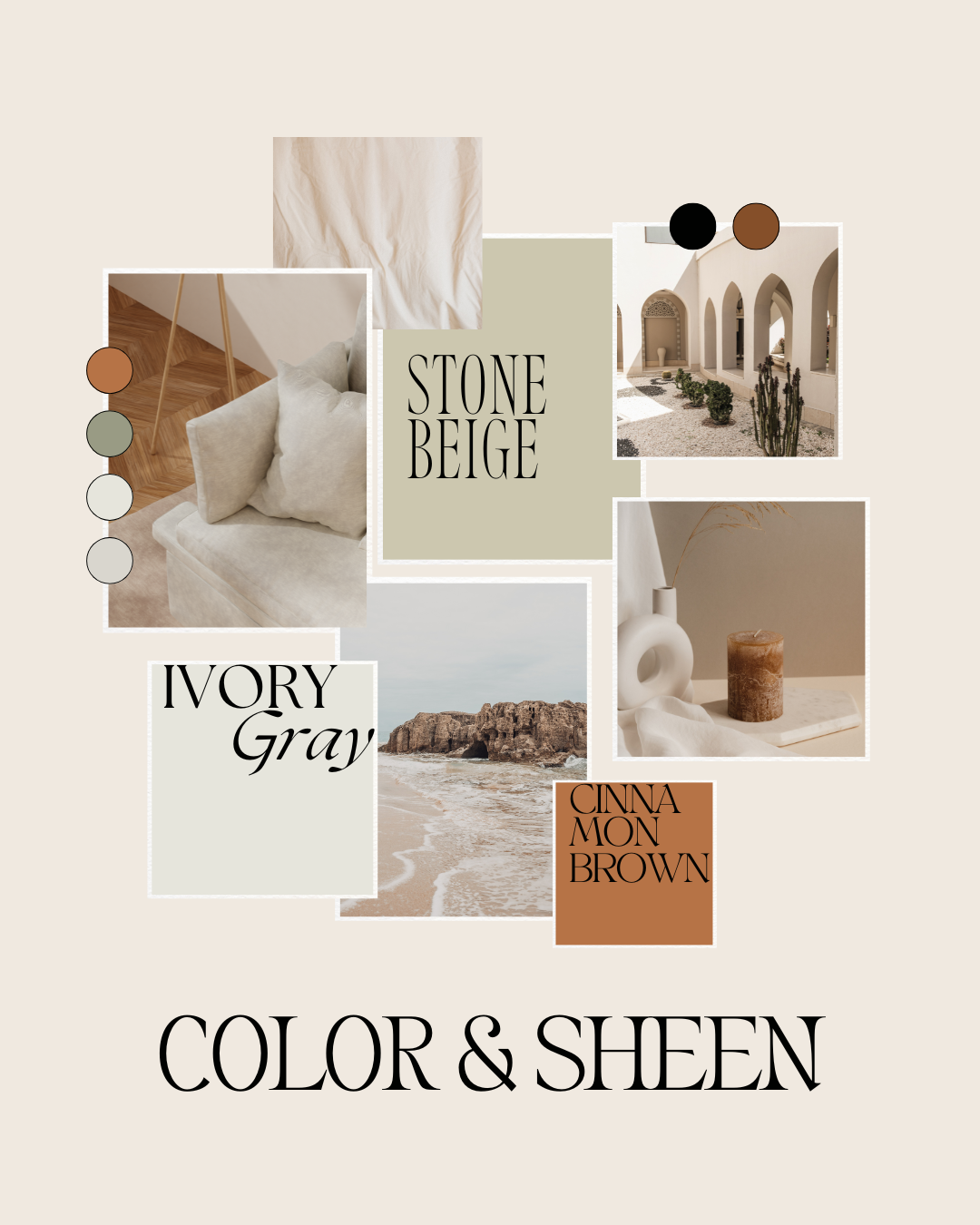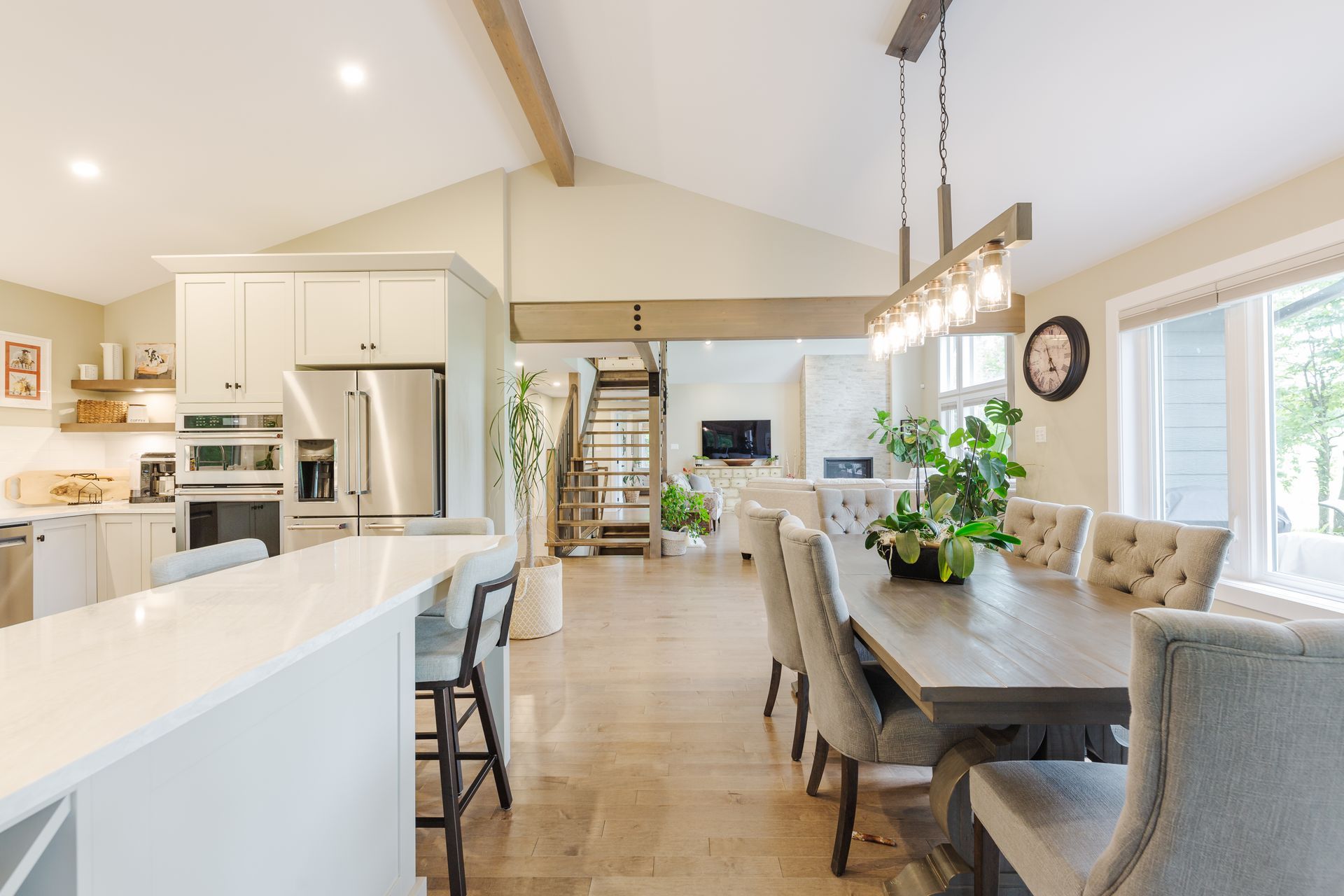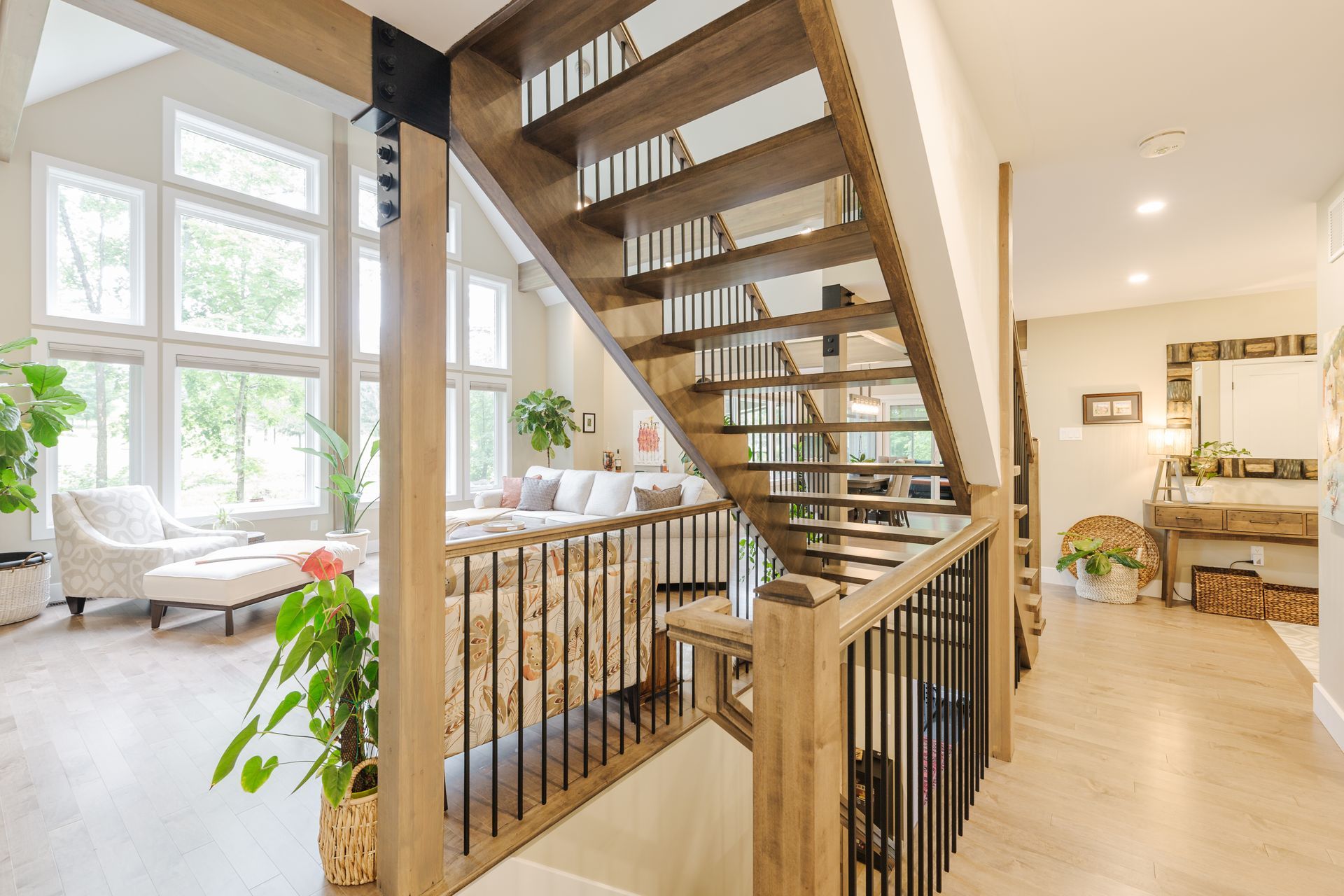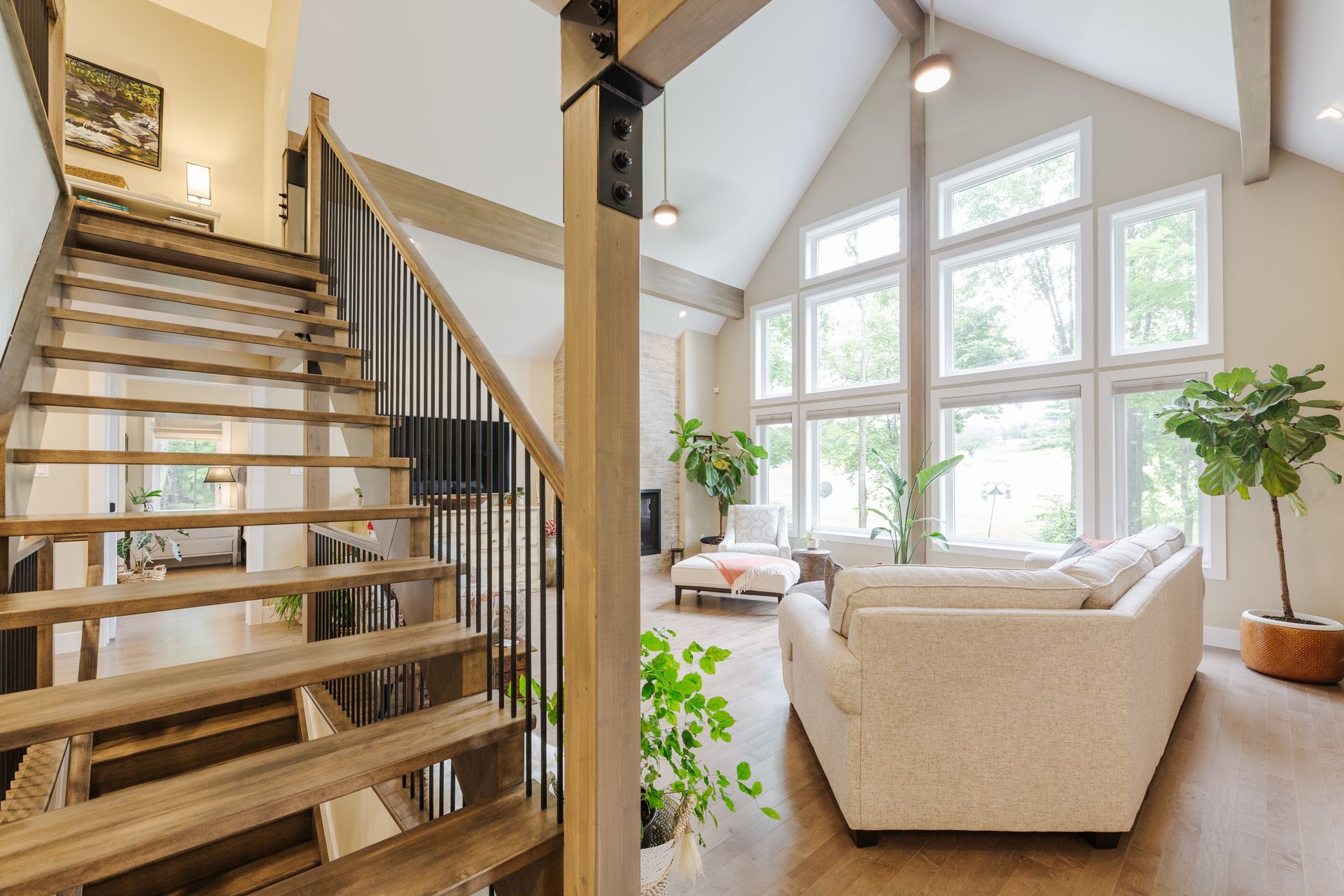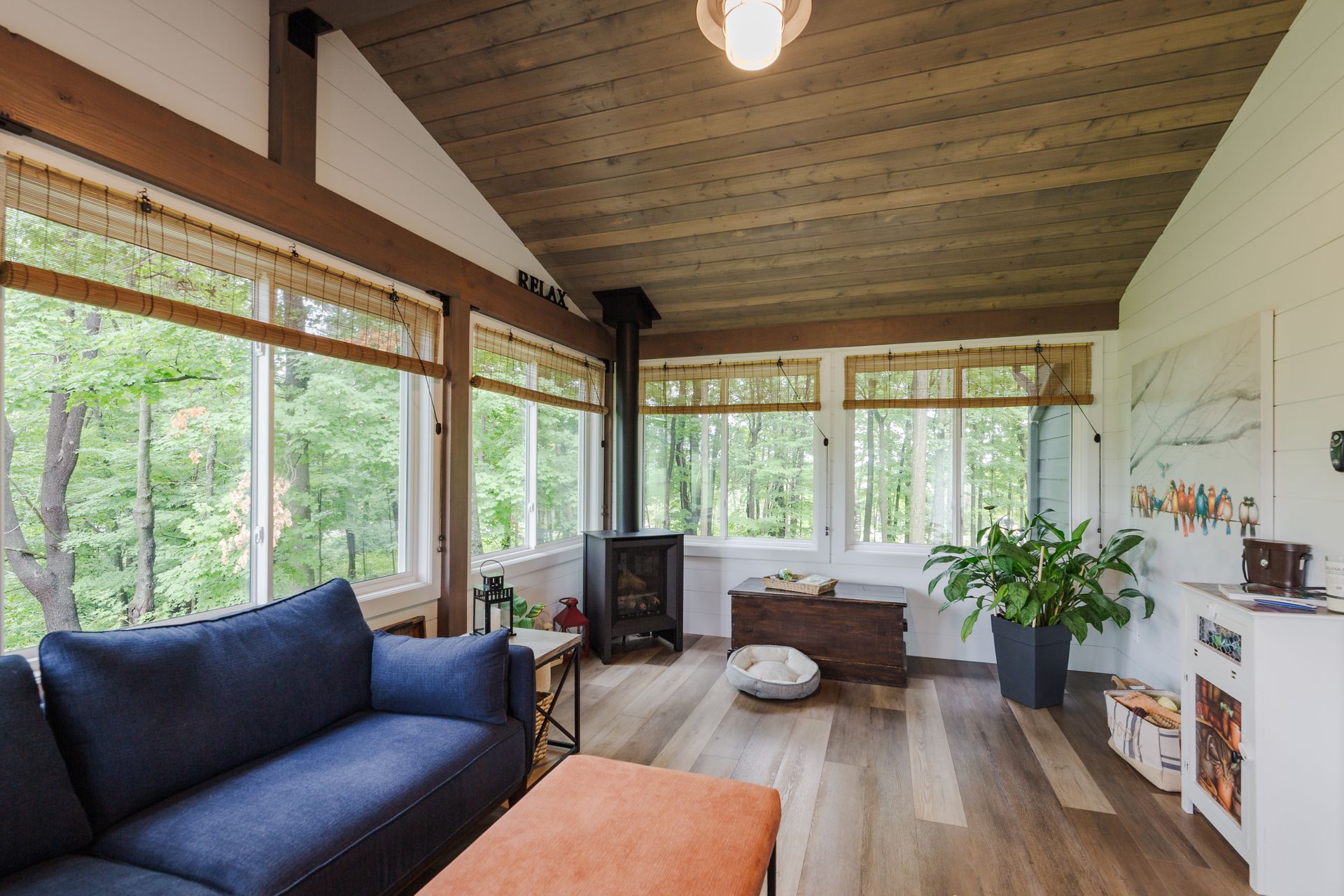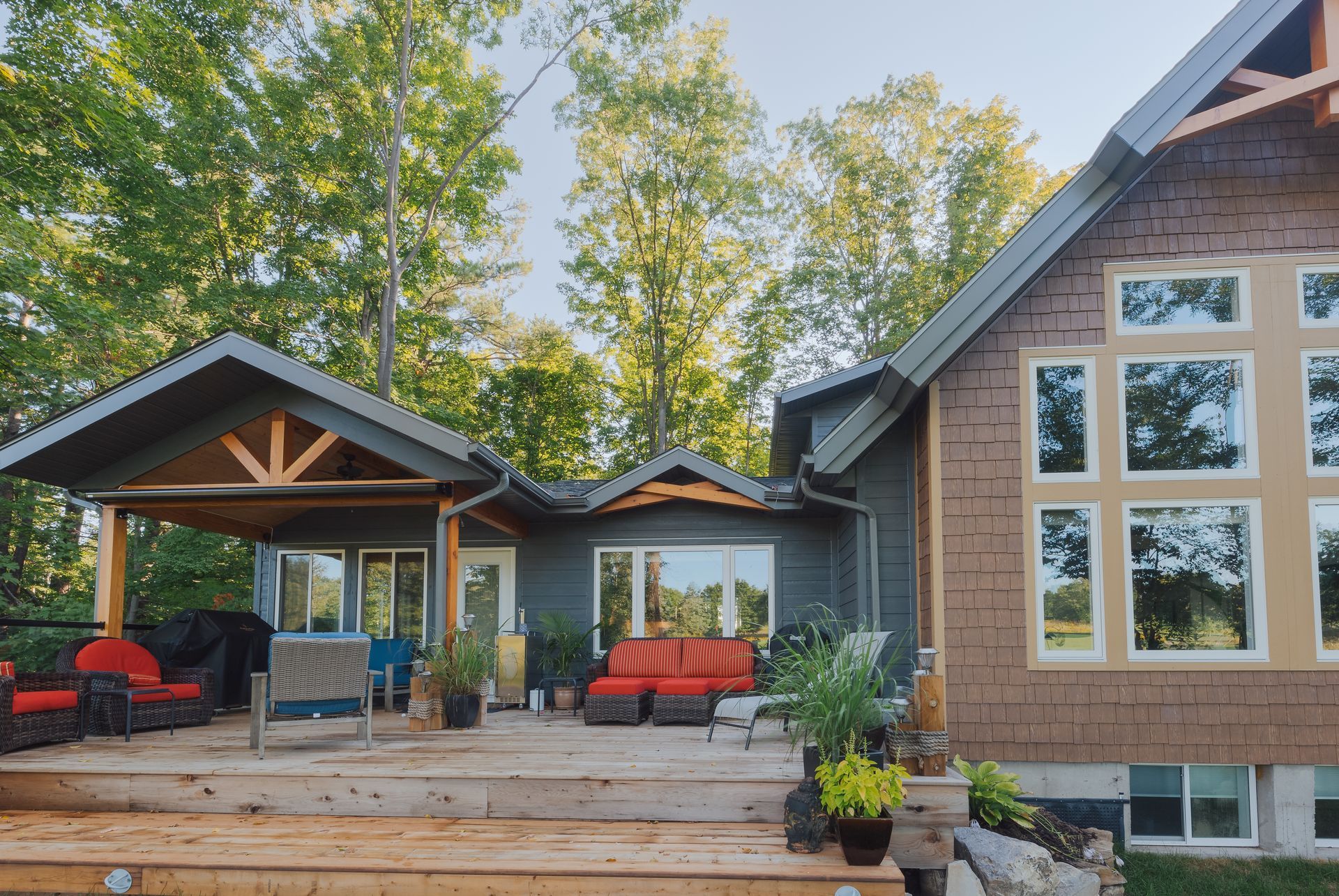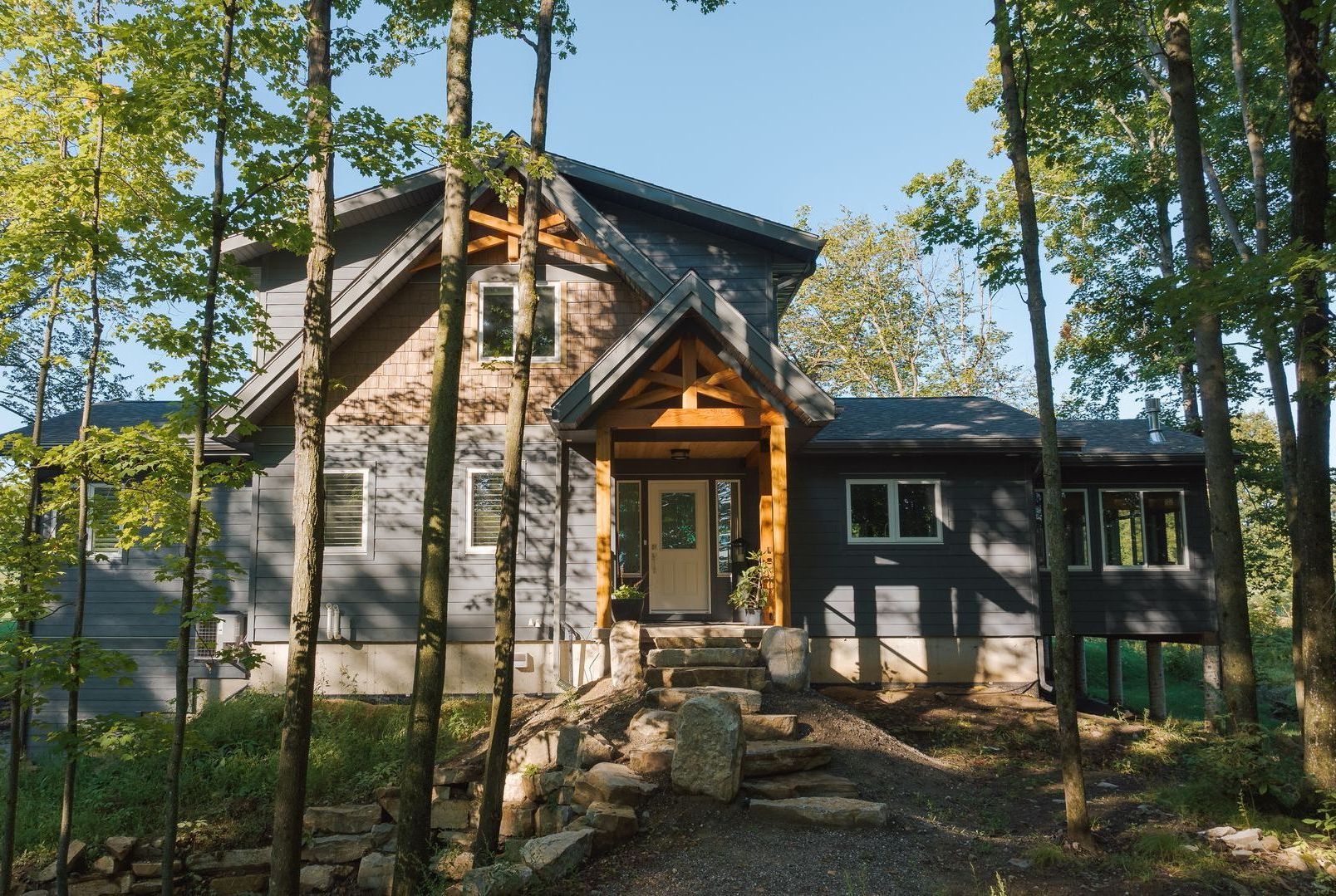The Perfect Pairing - Colour and Texture
When you walk into a room that feels just right, it’s rarely by accident. That sense of warmth, balance, and visual comfort often comes from a thoughtful mix of colour and texture, the two foundational elements that set the tone and mood of any interior. Understanding how they interact is the key to transforming a house into a home that feels personal, polished, and perfectly balanced.
Colour Sets the Emotional Tone
Colour is the emotional foundation of a space. It speaks before the furniture, before the art and sometimes even before the architecture. Soft neutrals whisper calm and relaxation, while rich jewel tones command attention and create drama. Cool colours like blues and greens bring serenity, while warmer hues such as terracotta, gold, and ochre add energy and comfort.
But colour is more than a mood-setter; it also defines spatial perception. Light colours can make a room feel larger and airier, while darker tones create intimacy and depth. When designing a room, think of colour as your first storytelling layer, it sets the mood, but it needs texture to make the story come alive.
Texture Brings Colour to Life
Texture is what gives colour dimension. A matte clay wall in a warm tone feels earthy and grounded, while the same colour in a glossy finish feels modern and sleek. The texture of a surface changes how our eyes and our emotions read a colour.
A room rich in textures instantly feels layered and inviting. Think woven throws, linen drapery, nubby wool rugs, sleek marble, and soft leather. Even when working within a neutral palette, texture keeps the eye engaged and prevents the space from feeling flat or sterile. In fact, a room with subtle colours but bold textures can often feel more dynamic than one bursting with colour alone.
Finding Balance Between the Two
The perfect space lies in the balance between colour and texture. If the colour palette is bold, use texture to ground it. Pair deep navy walls with natural wood, rattan, or stone to soften the drama. If the palette is neutral, let texture carry the interest. Layered fabrics, organic shapes, and tactile finishes will make the space sing without overwhelming it.
In design, contrast creates balance. Smooth pairs beautifully with rough, shiny with matte, structured with soft. When opposites meet, they highlight each other’s best qualities just like the way a crisp white wall makes a textured jute rug stand out, or how a velvet sofa glows against a painted plaster wall.
How to Apply This in Your Own Home
Start with a base: choose your primary colour palette, think warm, cool, or neutral. Then, layer in textures that complement and enhance those tones. Here’s how:
- For neutral palettes: Mix linen, wool, and wood to add warmth and tactile richness.
- For bold palettes: Add texture through materials like brushed metal, rattan, or distressed finishes to keep the space approachable.
- For modern minimalism: Use fewer colours, but incorporate subtle variations in texture - matte walls, woven rugs, and smooth ceramics.
- For cozy, lived-in spaces: Blend natural fibres, textured fabrics, and timeworn materials like aged leather or reclaimed wood.
Every texture you add helps balance and refine your spaces colour story.
The Emotional Result
When colour and texture work in harmony, the space feels authentic and effortless. You sense it the moment you walk in, calm yet engaging, cohesive yet full of depth. That’s because you are experiencing design on two levels: visually through colour and physically through texture. Together, they create not just a room, but a feeling — one that’s deeply human and endlessly inviting.
In the end, great design isn’t about perfection — it’s about connection.
When you thoughtfully pair colours and textures, you create spaces that not only look beautiful but feel right for the people who live in them.
That’s the true art of design.
Let's work together to plan your next project
